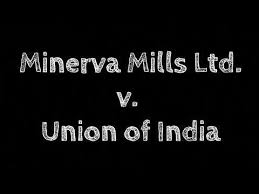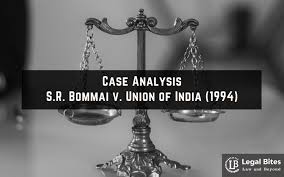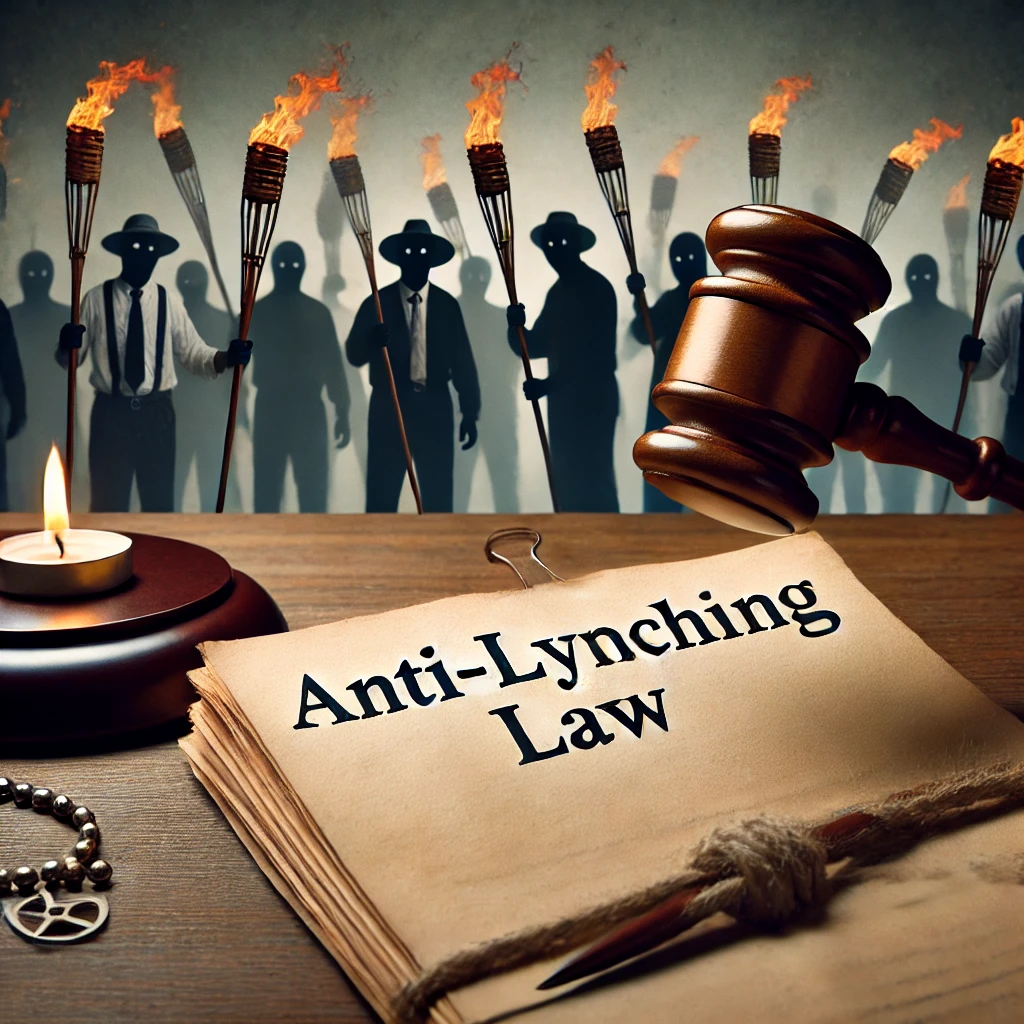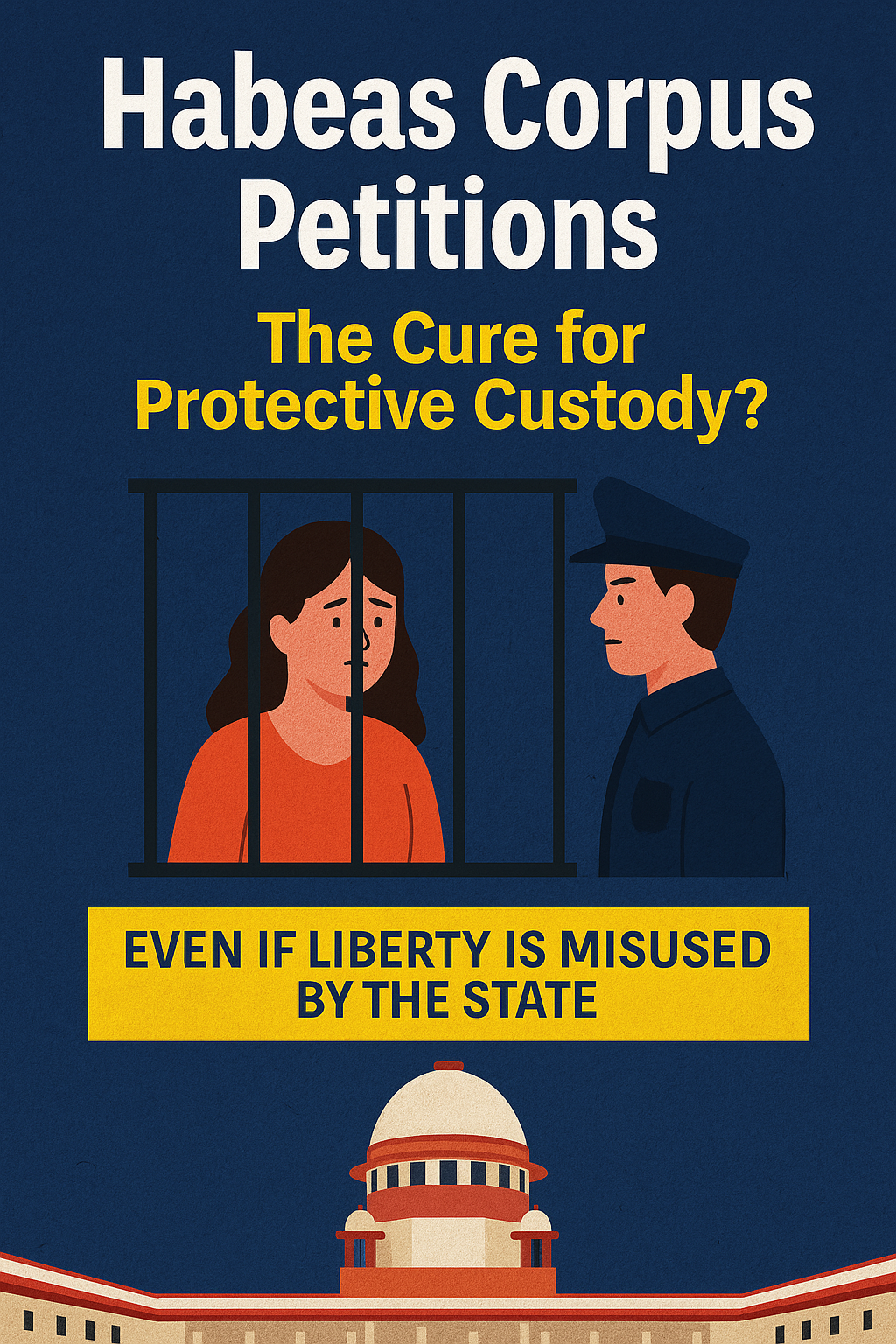Federal Common Law under ederal Courts
Federal Common Law under Federal Courts
1. Introduction
Federal Common Law refers to legal principles developed by federal courts when no federal statute or constitutional provision directly governs the issue. Unlike state common law, which is developed by state courts based on state constitutions and statutes, federal common law arises in the context of federal questions or interests.
Federal courts generally do not create common law in areas covered by state law. However, there are important exceptions where federal common law is necessary to govern federal interests, rights, or relationships.
2. Origin and Scope
The U.S. Constitution does not explicitly grant federal courts the power to create common law. This power was recognized historically but has been limited over time.
Federal courts apply state law in diversity cases (Erie doctrine).
They create federal common law when:
Congress has not legislated, and
Federal interests require a uniform rule.
3. Erie Doctrine and Federal Common Law
Erie Railroad Co. v. Tompkins (1938) fundamentally changed federal common law in diversity jurisdiction by ruling that federal courts must apply state substantive law instead of federal general common law.
4. Key Cases on Federal Common Law
1. Erie Railroad Co. v. Tompkins, 304 U.S. 64 (1938)
Facts:
Tompkins, a Pennsylvania resident, was injured when he was struck by a train operated by Erie Railroad in Pennsylvania. Erie Railroad sued in federal court based on diversity jurisdiction. The federal court applied federal common law (general common law rule of negligence). Erie argued state law (Pennsylvania law) should apply.
Holding:
The Supreme Court overruled Swift v. Tyson (1842), holding that there is no “general federal common law.” Instead, federal courts must apply state substantive law in diversity cases to avoid forum shopping and inequality.
Significance:
Ended federal general common law.
Federal courts must respect state laws in diversity jurisdiction.
Federal common law remains only in cases involving federal interests.
2. Clearfield Trust Co. v. United States, 318 U.S. 363 (1943)
Facts:
This case involved a dispute over the liability of the United States regarding a check issued by the government.
Issue:
Should federal common law or state law govern the rights and obligations regarding government commercial paper?
Holding:
The Court held that federal common law governs in this area because the government’s commercial paper requires a uniform rule to ensure consistency in federal operations.
Significance:
Established that federal common law applies where a significant federal interest exists.
Demonstrated an exception to Erie: where uniformity in federal operations is necessary.
3. United States v. Standard Oil Co., 332 U.S. 301 (1947)
Facts:
Antitrust case involving the federal government against Standard Oil for alleged monopolistic practices.
Issue:
Whether federal common law should govern the interpretation and enforcement of federal antitrust statutes.
Holding:
The Court confirmed that federal courts could develop common law principles to fill gaps in federal statutes to protect federal interests.
Significance:
Reaffirmed federal courts’ authority to develop federal common law in cases involving federal regulatory and economic policies.
Federal common law plays a role in federal statutory interpretation where statutes are incomplete.
4. Guaranty Trust Co. v. York, 326 U.S. 99 (1945)
Facts:
The plaintiff sued in federal court on a diversity claim. The question was whether to apply state or federal procedural law.
Holding:
The Court ruled that federal courts must apply state substantive law, but may apply federal procedural law in diversity cases.
Significance:
Clarified the substance-procedure distinction in Erie doctrine.
State law controls substantive rights; federal courts may apply their own procedural rules.
5. Clearfield Trust and Erie Combined:
While Erie restricts federal courts from creating general common law in diversity, Clearfield Trust confirms federal common law is allowed when:
There is a federal interest (e.g., government contracts).
Uniformity is necessary.
6. Wallace v. United States, 371 U.S. 47 (1962)
Facts:
Involved federal common law regarding the liability of the United States under tort claims.
Issue:
Whether federal common law applies or state law governs claims against the government.
Holding:
The Court emphasized that unless Congress specifically provides, state law governs tort claims against the government.
Significance:
Shows federal common law is limited and often displaced by statute or state law unless clear federal interest exists.
5. Summary
| Case | Principle Established |
|---|---|
| Erie Railroad Co. v. Tompkins (1938) | Federal courts must apply state substantive law in diversity jurisdiction, ending federal general common law. |
| Clearfield Trust Co. v. United States (1943) | Federal common law governs where significant federal interests and uniformity are involved (e.g., government commercial paper). |
| Guaranty Trust Co. v. York (1945) | Federal courts apply state substantive law and federal procedural law in diversity cases. |
| United States v. Standard Oil Co. (1947) | Federal courts may develop federal common law to fill statutory gaps in protecting federal interests. |
| Wallace v. United States (1962) | Federal common law is limited, and state law or federal statutes typically govern tort claims against the government. |
6. Conclusion
Federal common law exists but is narrow in scope.
Mostly arises when:
Federal government interests are involved.
Uniformity in federal law is necessary.
Federal courts cannot create general common law in diversity cases (due to Erie).
It complements statutes where Congress has not legislated, especially for government contracts, foreign relations, or federal regulatory matters.





















































































































































































































































































































































































































0 comments